Top 10 free open source NoSQL databases
1.MongoDB
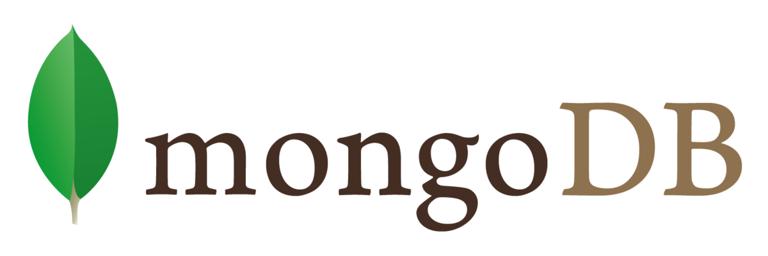
MongoDB is a document store with the current top-level NoSQL database engine. According to the requirements of the NoSQL engine, MongoDB does not use relational schemas, but uses similar JSON "documents" to store data. This file is similar to a record. Holds fields and values. MongoDB supports dynamic architecture and is free open source software. MongoDB also provides the following functions: load balancing, replication, indexing, query, and can act as a file system (with load balancing and fault tolerance).
2.Cassandra
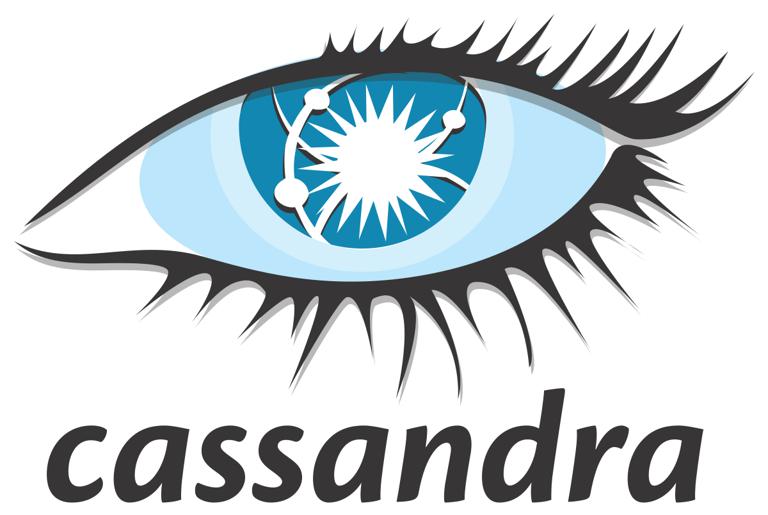
Cassandra, originally developed by Facebook, is a decentralized, distributed, column-oriented NOSQL database engine. It is optimized for clusters, especially across multiple data centers, and because of its asynchronous update and no-master design, Cassandra provides low-latency client access. Like MongoDB, it is free and open source. Cassandra is a column-oriented database, and the advantage of column-oriented database design is that some types of data lookups can become very fast, because the required data can be continuously stored in a single row. This particularity and the optimized distributed model consolidate the popularity of Cassandra.
3.Redis
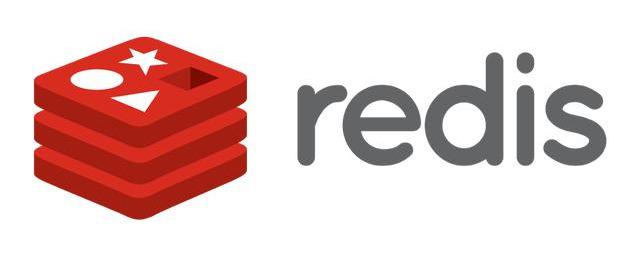
Redis is currently the most popular NOSQL database. Redis is the key value store. What is key-value storage? Key value storage: assigns values to keys to facilitate access to and storage of these values, which are always found by keys. It can be called a hash table or a dictionary in Python. Redis keeps its key/value pairs in memory, making them accessible quickly. If the persistence of the data can be sacrificed (mainly by using non-critical data, or in read-only or primary cases), it means that the performance of storing only data is incredible. Over the years, API has also been provided for a variety of development languages, which makes Redis an easy choice for developers.
4.HBase
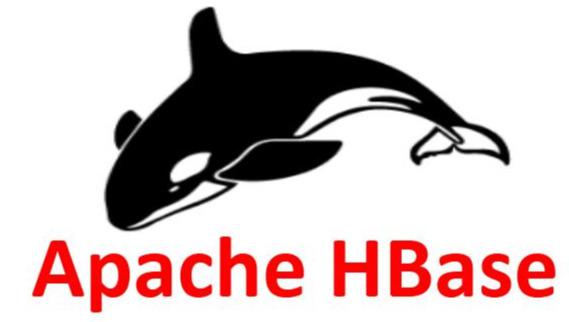
Another column-oriented database, HBase, is a free and open source implementation of Google BigTable. Although HBase itself is an independent and legal software system, its widespread use is undoubtedly related to Hadoop, which is part of the Apache project. It can efficiently find sparse distributed data, which is one of its biggest selling points. HBase has many compelling implementations, including LinkedIn, Facebook and Spotify. Many related Apache projects also support HBase, especially providing a SQL layer (Phoenix) for data access, which bodes well for relational database administrators who want to implement NoSQL solutions. As the number of Hadoop installations increases and grows, HBase will become the default NoSQL storage solution for many years to come.
5.CouchDB
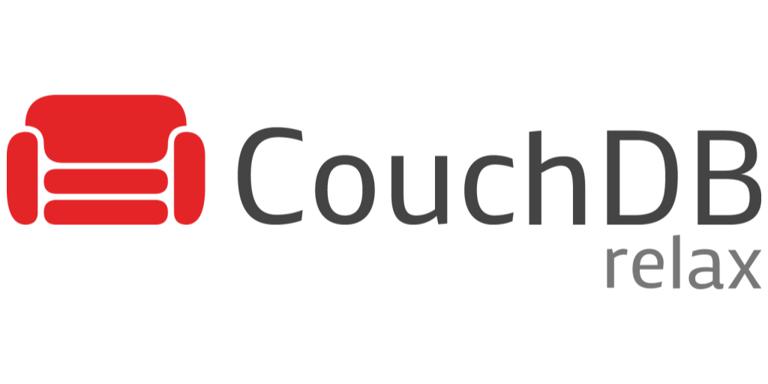
CouchDB, a product of Apache Software Foundation, is another document-oriented database that stores data in JSON format. It supports ACID (atomicity, consistency, isolation, and persistence) transactions and, like MongoDB, can be used to store data and content from Web sites and provide caching. You can use JavaScript to run MapReduce queries on CouchDB. It provides a very convenient Web-based management console. This database is very convenient for Web applications to access.
6.MemcacheDB
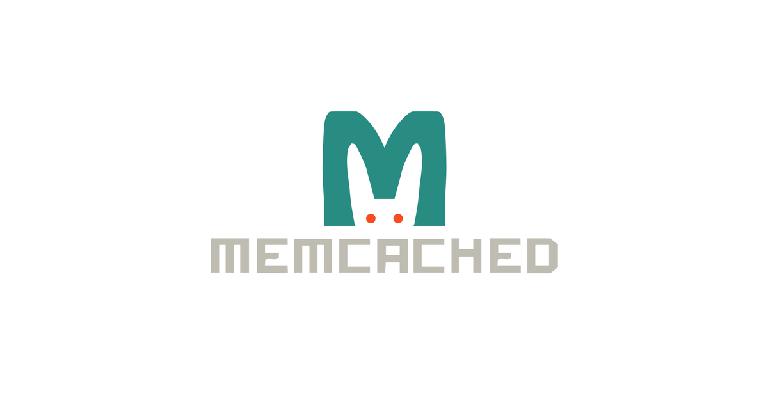
MemcacheDB is a distributed storage system with critical value. It is a persistent storage engine designed to store and retrieve data in a fast and reliable manner. Provides confirmation of the Memcache protocol. The storage backend used is Berkeley DB, which supports functions such as replication and transactions. Memcached has the ability of transaction recovery, persistence and distributed replication, which is very suitable for application scenarios that require ultra-high performance read and write speed, and can be persisted without strict transaction constraints.
7.OrientDB
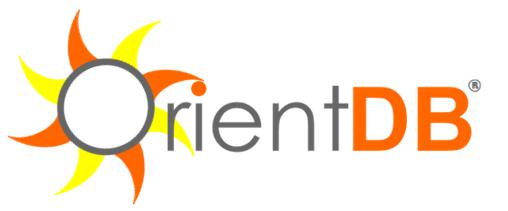
OrientDB is the fastest graphics database in the world. OrientDB is an open source multi-model NoSQL database that supports native graphics, full-text documentation, responsiveness, geospatial and object-oriented concepts. It is written in Java and is very fast: on normal hardware, it can store 220000 records per second. As a document database, it also supports ACID transactions. Today's technology trend is increasingly turning to NoSQL-based graphical databases, which store, query, and map data in a graphical format, making it easier and less time for you to understand the relationships between different datasets.
8.RAVENDB
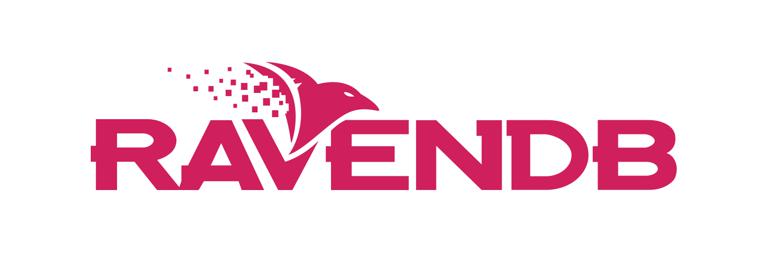
RAVENDB is the second generation open source database. The database is document-oriented and has no schema, for example, you just need to dump objects into it. It provides very flexible and fast queries. The application provides out-of-the-box support for replication, multi-tenancy, and sharding, making expansion extremely easy. Fully support ACID transactions and data security. Provides easy-to-scale performance and high performance through bundles.
9.Riak
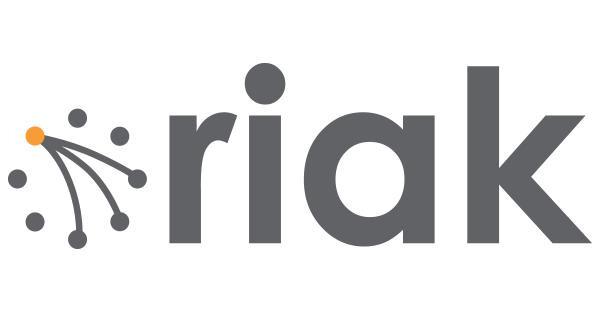
Riak is one of the most powerful distributed databases in history. It provides simple and predictable extensions and provides users with rapid testing, prototyping and application deployment capabilities, thus simplifying development. Riak is developed by an erlang and performs well in High Availability, Fault Tolerance, and Scalability. Riak cluster is a decentralized cluster. Each server node is equal and can be added and deleted freely. This makes Failure Over and extension of Riak very easy. In terms of CAP theory, Riak is free to strike a balance between CP and AP.
10.Neo4j
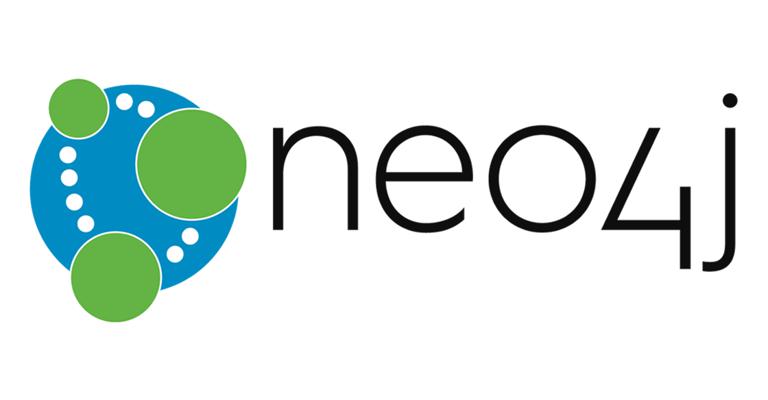
Neo4j is a NoSQL graphics database with high performance. Neo4j is a network-oriented database, that is, it is an embedded, disk-based, fully transactional Java persistence engine, but it stores structured data on the network rather than in tables. You can think of Neo as a high-performance graph engine with all the features of a mature and robust database. Programmers work in an object-oriented, flexible network structure rather than strict, static tables-while enjoying all the benefits of an enterprise-class database with full transactional features.